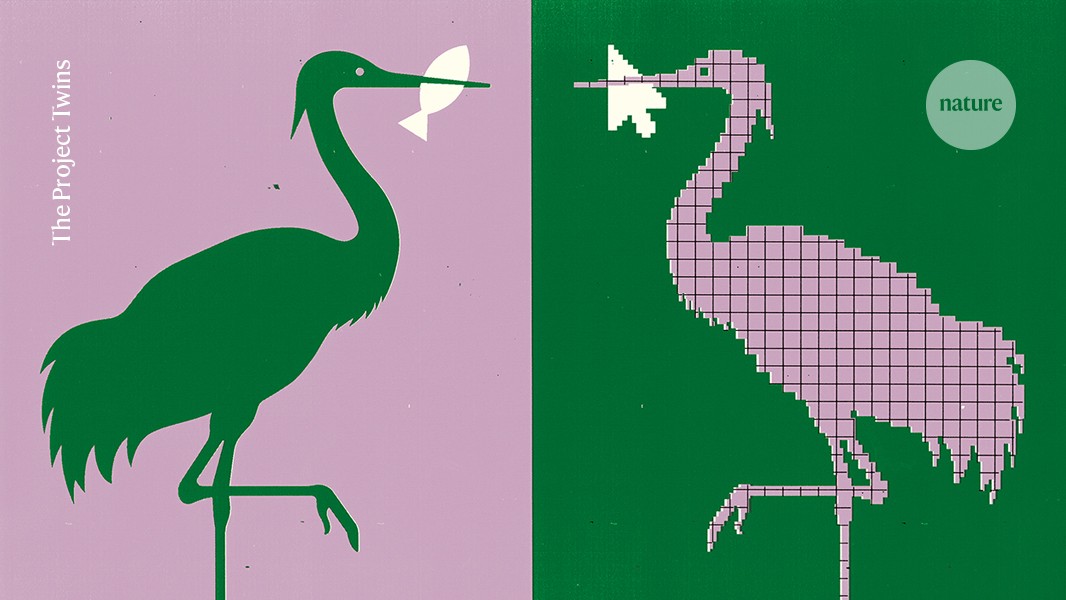
"On arriving at work one day last October, ecologist Koen de Koning did what he often does first thing in the morning: he fired up the Crane Radar. The interactive web application showed a flock of cranes heading his way. Excitedly, he dashed outside, looked up and, sure enough, 60 or so birds flew past on their migration route south. The Crane Radar is a digital twin - a virtual representation of a real-world entity and a relatively new technology in ecology (see go.nature.com/46rbkg4)."
"Their purposes vary. Digital twins can make life easier for individual users - Google Maps, for example, is continuously updated to help drivers to navigate traffic. Other programs can predict the effects of climate change on cities, plan architecture or simulate surgical procedures. HeartNavigator, a software package from the Dutch health-technology firm Philips, can be used to plan heart operations such as valve replacements, simulating surgery using various models and sizes of valve to find the best fit for a patient."
Digital twins are virtual representations of real-world entities that enable monitoring, simulation and prediction. The Crane Radar digital twin revealed a flock of about 60 cranes migrating south, helping observers detect and learn migration patterns. Digital-twin technology is used in manufacturing, infrastructure, health care and urban planning to model components, hospital wards and entire cities. Applications include continuously updated navigation like Google Maps and surgical planning tools such as Philips' HeartNavigator, which simulates valve replacements to find optimal fit. NASA applied an early living model in 1970 for Apollo 13, and later work formalized and named the concept.
Read at Nature
Unable to calculate read time
Collection
[
|
...
]